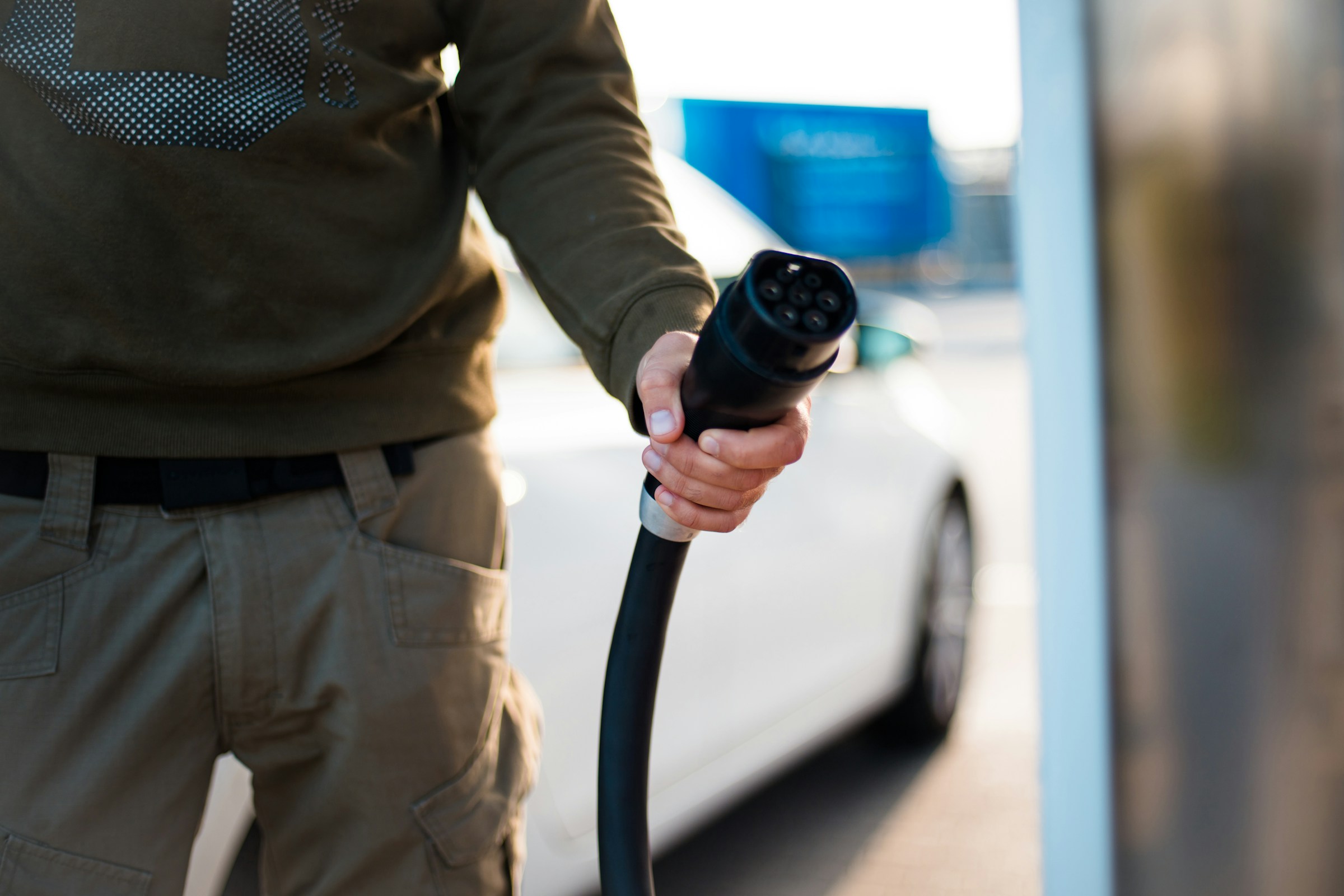
At EVC Solutions, we know the switch to electric can feel overwhelming. There’s a lot of noise, outdated assumptions, and half-truths out there. That’s why we welcome the latest update from Auto Trader, ChargeUK and the SMMT, a facts-first approach to help drivers make informed choices.
So, what’s the reality of driving electric in 2025?
Let’s start with cost. Two in five second-hand electric cars are now under £20,000, and 33 brand-new models are listed for less than £30,000. And those price gaps between petrol and electric? They’re closing fast, from 33% last year to 22% today. Combine that with government grants and manufacturer discounts, and the financial barrier is no longer what it used to be.
Charging at home is significantly cheaper than fuelling up at a petrol station – and when you factor in reduced maintenance and insurance costs, you could save up to £1,500 per year. That’s not a stat pulled out of the air; it’s endorsed by the Department for Transport. No more engine idling. No more snacks at the petrol station. Just simple, low-cost top-ups at home or on the go.
The average EV now has a range of 290 miles on a single charge. That’s more than enough for a full fortnight’s worth of the average UK driver’s needs. Supermarket runs, commutes, school runs; you’re covered. And with over 80,000 public chargers and 16,000+ rapid/ultra-rapid chargers across the UK, it’s never been easier to top up on the move. You can even charge up to 80% in just 20 - 40 minutes.
Worried about battery degradation? Don’t be. Most electric cars come with 8-year warranties, and real-world data shows that after a decade, many EV batteries still retain 90% of their original capacity. That’s on par, or better, than petrol engine efficiency over time. And with fewer moving parts, there’s less to go wrong overall.
An electric car emits roughly one-third of the harmful emissions of a petrol car over its lifetime. Even when factoring in battery manufacturing, the climate benefit kicks in after around 20,000 - 30,000 miles. It’s a cleaner, smarter way to drive, and more sustainable long-term for businesses and families alike.
Despite the headlines, the data tells a different story: electric vehicles are significantly less likely to catch fire than petrol or diesel ones. In Sweden, ICE vehicles were 20 times more likely to catch fire than EVs. Globally, battery-related EV fires remain rare, especially compared to the number of vehicles on the road.
The data is in: electric vehicles are becoming more affordable, more practical, and more accessible than ever before. Whether you’re running a fleet, managing a workplace car park, or just considering your next car, it’s time to cut through the noise and look at the facts.
At EVC Solutions, we help businesses and property owners install, scale and maintain EV charging infrastructure that meets real-world demands. If you’re planning the switch or want to futureproof your site, get in touch today.
Let’s help you see what’s possible.
Contact EVC Solutions today to talk about your next step toward electrification.
Read a summary of ‘The Facts’ here.
